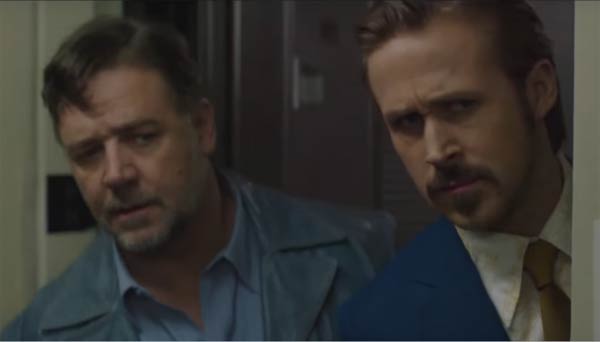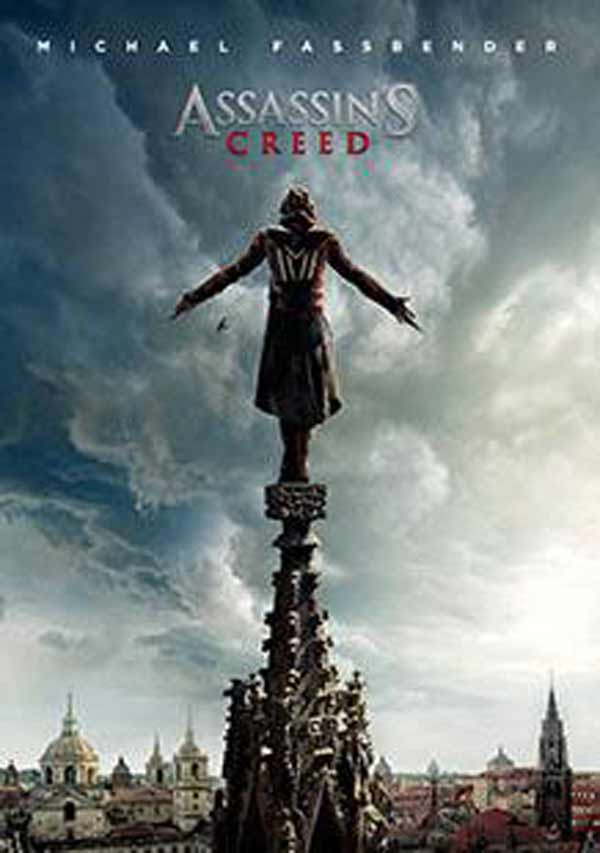Dhaka, Bangladesh (BBN) – A ten-day photography exhibition by late German photographer-actor-director Berhard Wicki is going on at the Drik Gallery in the capital Dhaka, organized by Goethe-Institut Bangladesh in cooperation with Drik.
This travelling exhibition of 40 photographs began from Prague, Czech Republic and will be held in other countries including Germany, France, Italy, Bosnia, Morocco and Tunisia, the organizers said.
The exhibition offers a varied range of photographic styles: portrait, landscape, street and still life in black and white. A strong influence of neorealism is vivid in the photographic expression of the artiste.
The exhibition will be continued till January 31 from 3:00pm to 8:00pm (local time), the New Age, a local newspaper, reported.
Berhard Wicki focused primarily on people and their everyday activities and a haunting feature of the impact of the World War II.
The anti war campaigner Berhard Wicki in his photographs has presented a horrific picture of the massacres during the World War II that destroyed noble aspects of humanity and squeezed out all the visions of utopia as well.
His landscape ‘Water Reflection’ shows the residential buildings in Italy while the shattered reflection of the buildings is being seen on the water. Perhaps, the insightful photographer intended to express the ultimate truth that no civilisation is permanent on the earth.
Berhard Wicki’s portrait photographs are fascinating in terms of revealing a persona by capturing a fleeting glimpse. A displayed portrait ‘Sleeping Old Woman on a Park Bench’ depicts the seclusion of an aged lady with the artiste’s deep intimacy towards humanity. Another portrait ‘Veiled Woman (Smoking)’ presents an interesting contrast of human behavior.
German actor-director Bernhard Wicki (1919-2000) gained world-wide fame in 1959 for his movie The Bridge which was nominated for the Academy Award at the best foreign language movie category. He won the Silver Bear for Best Director at the 11th Berlin International Film Festival for his film The Miracle of Father Malachia.
Simultaneously he continued photography during the 1950s, creating a body of work that not only helped his directorial works, but that also carried his own creative trademark.
BBN/SSR/AD-28Jan12-12:50 pm (BST)









